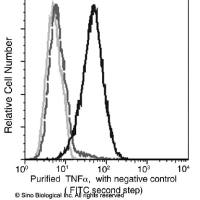The 3xTg-AD Mouse Model: Reproducing and Modulating Plaque and Tangle Pathology
互联网
1169
Alzheimer’s disease (AD) is a devastating disease, and the most common form of dementia to afflict the elderly population. The disease causes a slow but progressive neurodegeneration, leading to memory impairments and dysfunction in other cognitive domains. The molecular mechanism of disease development and progression has not yet been fully established, nor have any cures or effective, long-lasting treatments been developed. Various transgenic mouse models of AD have proven to be invaluable tools for elucidating disease mechanisms and for providing a platform to evaluate therapeutic strategies. In this chapter, we discuss findings from the 3xTg-AD mouse model, which develops both plaque and tangle pathologies, the two major pathological hallmarks of AD. Studies using the 3xTg-AD mice have revealed a strong interaction between amyloid-beta (Aβ) and tau, which synergistically drive the pathogenesis in the brain.









